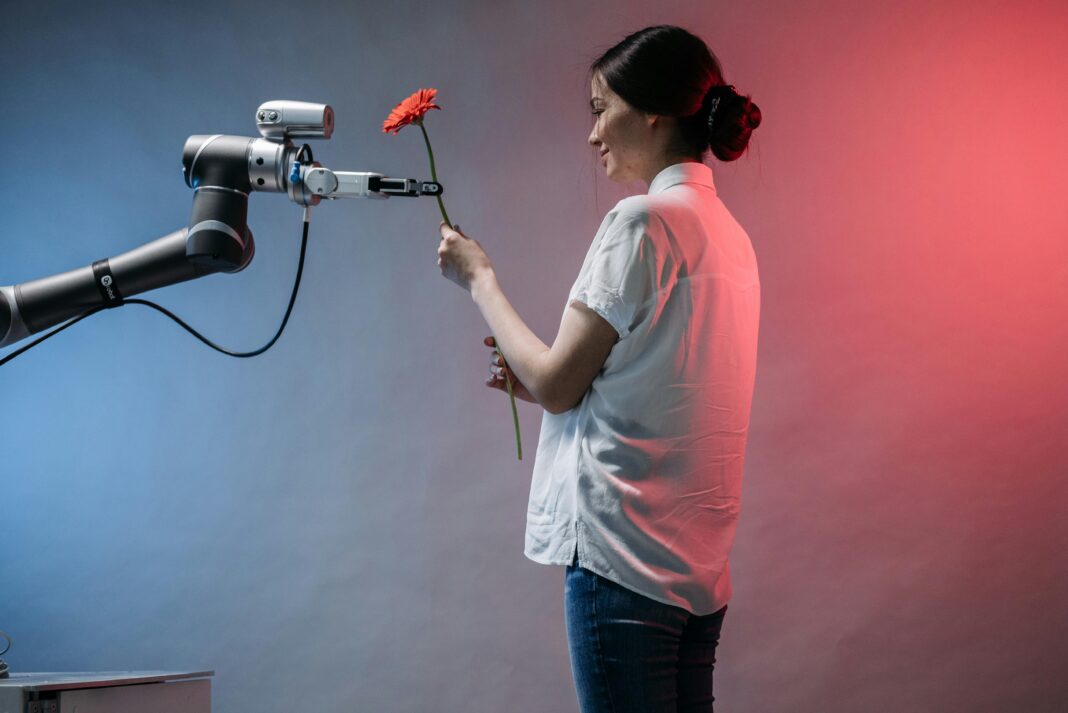Artificial intelligence has fundamentally transformed how mobile apps interact with users. No longer are apps static, one-size-fits-all platforms—they now adapt in real-time, learning from user behavior to deliver hyper-personalized experiences. This shift is driven by advances in machine learning, natural language processing, and predictive analytics, which allow apps to anticipate needs, streamline interactions, and boost engagement.

In this comprehensive guide, we will explore every facet of AI-driven personalization in mobile apps, from the underlying technologies to real-world implementations, benefits, challenges, and future trends. Each section is meticulously detailed to provide actionable insights for developers, marketers, and business owners looking to leverage AI for better user experiences.
AI-Powered Personalization in Mobile Apps
1.1 What Is AI-Driven Personalization?
AI-driven personalization refers to the use of artificial intelligence to tailor app experiences based on user data. Unlike traditional rule-based customization, AI continuously learns from interactions, refining recommendations, layouts, and functionalities to match individual preferences.
Key Characteristics:
- Dynamic Adaptation: Adjusts in real-time (e.g., changing UI based on time of day).
- Predictive Capabilities: Anticipates user actions (e.g., pre-loading content).
- Context-Awareness: Considers location, device, and behavior.
1.2 How AI Differs from Traditional Personalization
Traditional personalization relies on manual segmentation (e.g., “male users aged 25-30”). AI, however, uses unsupervised learning to detect patterns without predefined rules.
Comparison Table:
| Aspect | Traditional Personalization | AI-Driven Personalization |
|---|---|---|
| Data Usage | Static user segments | Real-time behavioral analysis |
| Adaptation Speed | Slow (manual updates) | Instant (automated learning) |
| Accuracy | Broad targeting | Hyper-personalized |
2. Core AI Technologies Behind Mobile App Personalization
2.1 Machine Learning (ML) and Predictive Analytics
Machine learning algorithms analyze vast datasets to predict user behavior. Common techniques include:
- Collaborative Filtering: Recommends items based on similar users (e.g., Netflix).
- Deep Learning: Processes unstructured data (images, voice) for advanced personalization.
Case Study: Spotify’s Discover Weekly
Spotify’s AI analyzes listening history, playlist interactions, and even skips to generate weekly playlists with 90% accuracy in user preference matching.
2.2 Natural Language Processing (NLP)
NLP enables apps to understand and respond to text/voice inputs naturally.
Applications:
- Chatbots: Siri, Google Assistant.
- Sentiment Analysis: Adjusts app tone based on user mood (e.g., Replika AI).
2.3 Computer Vision for AR and Visual Personalization
Apps like Snapchat and Pinterest use AI to recognize objects, faces, and scenes, enabling:
- Augmented Reality Filters
- Visual Search (e.g., Google Lens)
3. How Apps Collect and Process Data for Personalization
3.1 Types of Data Used
- Explicit Data: User-provided (e.g., surveys, profile settings).
- Implicit Data: Behavioral (clicks, session duration, scroll depth).
- Contextual Data: Location, time, device type.
3.2 Data Privacy and Ethical Considerations
With GDPR and CCPA, apps must ensure:
- Transparency: Clear data usage policies.
- Anonymization: Removing personally identifiable information (PII).
- User Control: Opt-out options for data collection.
4. Real-World Examples of AI Personalization in Mobile Apps
4.1 E-Commerce: Amazon’s Recommendation Engine
Amazon’s AI analyzes:
- Past purchases
- Browsing history
- Cart abandonment
Result: 35% of revenue comes from personalized recommendations.
4.2 Social Media: Instagram’s Algorithm
Instagram’s AI prioritizes content based on:
- Engagement (likes, shares)
- Relationship (close friends vs. influencers)
- Session patterns (peak usage times)
4.3 Health & Fitness: MyFitnessPal’s Adaptive Plans
The app adjusts meal and workout suggestions by tracking:
- Logged meals
- Weight trends
- Activity levels
5. The Benefits of AI Personalization for Businesses and Users
5.1 For Users:
- Relevant Content: No more irrelevant ads.
- Time-Saving: Predictive actions (e.g., auto-fill).
- Enhanced Engagement: Tailored experiences increase app retention.
5.2 For Businesses:
- Higher Conversion Rates: Personalized CTAs improve sales.
- Lower Churn: Users stay longer with customized experiences.
- Competitive Edge: AI adoption differentiates market leaders.
6. Challenges and Risks of AI Personalization
6.1 Privacy Concerns
- Data Breaches: Hackers target personalized data.
- Over-Personalization: Creepy factor (e.g., ads following conversations).
6.2 Algorithmic Bias
- Exclusion: Models may ignore minority user segments.
- Feedback Loops: Reinforcing stereotypes (e.g., job recommendation biases).
7. The Future of AI in Mobile App Personalization
7.1 Hyper-Personalization
- Real-Time Mood Detection: Adjusting UI based on facial recognition.
- Adaptive Interfaces: Changing layouts per user cognitive load.
7.2 Federated Learning
- On-Device AI Training: No data sent to servers (e.g., Apple’s Differential Privacy).
7.3 Voice and Gesture Controls
- Hands-Free Navigation: AI interpreting gestures for accessibility.
8. Frequently Asked Questions (FAQ)
Q1: How does AI improve app recommendations?
A: By analyzing past behavior, comparing similar users, and predicting preferences.
Q2: Is AI personalization safe for privacy?
A: Reputable apps anonymize data and comply with laws like GDPR.
Q3: Can small businesses afford AI personalization?
A: Yes, cloud-based AI tools (Google’s TensorFlow Lite) reduce costs.

